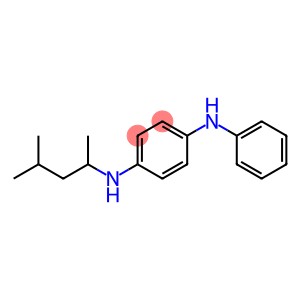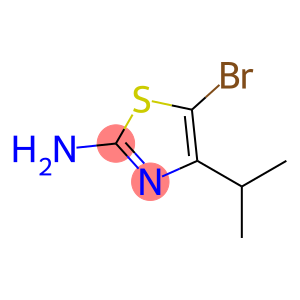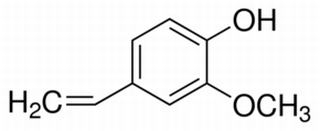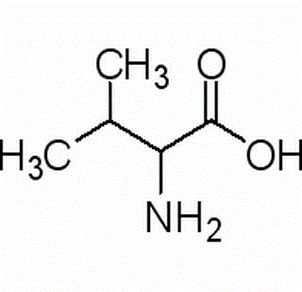N-1,3-dimethylbutyl-N’-phenyl-p-phenylenediamine CAS 793-24-8
| Risk Codes | R22 – Harmful if swallowed R43 – May cause sensitization by skin contact R50/53 – Very toxic to aquatic organisms, may cause long-term adverse effects in the aquatic environment. |
| Safety Description | S36/37 – Wear suitable protective clothing and gloves. S60 – This material and its container must be disposed of as hazardous waste. S61 – Avoid release to the environment. Refer to special instructions / safety data sheets. |
| UN IDs | UN 3077 9 / PGIII |
| WGK Germany | 2 |
| RTECS | ST0900000 |
| HS Code | 29215190 |
| Hazard Class | 9 |
| Packing Group | III |
| Toxicity | LD50 oral in rat: 3580mg/kg |
Introduction
Antioxidant 4020, also known as N-isopropyl-N’-phenyl-o-benzodiamine (IPPD), is a commonly used antioxidant. The following is an introduction to the properties, uses, preparation methods and safety information of Antioxidant 4020:
Quality:
- Appearance: White to light brown crystalline solid.
- Solubility: Soluble in benzene, ethanol, chloroform and acetone, slightly soluble in benzene and petroleum ether, almost insoluble in water.
- Relative molecular weight: 268.38 g/mol.
Use:
- Antioxidant 4020 is mainly used as an antioxidant for rubber compounds, which can be widely used in rubber products, tires, rubber tubes, rubber sheets and rubber shoes and other industries. It can improve the heat resistance, oxidation resistance and aging resistance of rubber products.
Method:
- Antioxidant 4020 usually reacts with aniline with isopropanol to produce isopropylphenol, and then undergoes the substitution reaction between aniline and styrene in the presence of iron or copper catalysts to finally obtain N-isopropyl-N’-phenyl-o-benzodiamine (IPPD).
Safety Information: Wear protective gloves, glasses and respiratory protective equipment when in use.
- Avoid contact with oxidants, strong acids, strong alkalis, etc., to avoid dangerous reactions.
- During storage and use, keep away from fire sources and high temperatures to prevent fire and explosion.








